Ecommerce Website Designing Secrets: How to Stand Out in the Digital Marketplace
The digital marketplace is becoming increasingly competitive, and ecommerce website designing is at the heart of this competitive landscape. As businesses continue to grow and evolve online, it’s crucial for entrepreneurs to have a strong understanding of ecommerce website design principles.
This will ensure their online stores not only look great but are also optimized for customer experience, search engines, and conversions. In this article, we will unveil the top ecommerce website designing secrets that will help your online store stand out in the digital marketplace.
Mobile-First Design Approach
In today’s world, more than half of all ecommerce traffic comes from mobile devices. This makes it imperative for businesses to prioritize mobile-first design.
A mobile-first design ensures that your website is optimized for a seamless shopping experience across all devices, from smartphones to tablets and desktop computers. Responsive design, clear and concise navigation, and easy-to-click buttons are essential aspects of mobile-first design.
Optimize for Speed
Slow-loading websites lead to higher bounce rates and lost sales opportunities. As such, it’s critical to optimize your ecommerce site for speed.
Some ways to do this include compressing images, using a reliable hosting provider, implementing caching, and minimizing the use of heavy scripts and plugins. Regularly testing your website’s speed using tools like Google PageSpeed Insights can also help you identify areas for improvement.
High-Quality Product Images and Descriptions
Compelling product images and descriptions play a vital role in driving conversions. High-quality images can showcase your products from different angles and highlight important features, while well-written product descriptions provide customers with essential information to make an informed purchase decision.
Make sure to use multiple images for each product, and consider incorporating zoom and 360-degree view functionalities for a more immersive shopping experience.
Simplify the Checkout Process
A complicated or time-consuming checkout process can lead to abandoned carts and lost sales. Streamline the checkout process by minimizing the number of steps, offering guest checkout options, and enabling customers to save their information for future purchases.
Additionally, provide multiple payment options and ensure your checkout process is secure and trustworthy.
Leverage Social Proof
Social proof is a powerful tool in ecommerce website designing that can help to build trust and credibility with potential customers. Incorporate customer reviews, ratings, and testimonials into your website to showcase the positive experiences of past customers.
Integrating social media feeds, user-generated content, and influencer endorsements can also help to amplify the power of social proof.
Utilize Clear and Intuitive Navigation
A well-organized and intuitive navigation structure will make it easy for customers to find the products they’re looking for, ultimately increasing the likelihood of a purchase.
Create clear, concise, and easily identifiable categories and subcategories, and use breadcrumbs to help customers track their progress throughout your site. A search function with autocomplete and filtering options can further improve the user experience.
Optimize for SEO
Search engine optimization (SEO) is crucial for driving organic traffic to your ecommerce website. Optimize your site’s content, meta tags, and URL structures for relevant keywords, and ensure that your site is easy to crawl and index by search engines.
Implementing schema markup and optimizing your site’s load time are also essential for better SEO performance.
Create Engaging and Relevant Content
Creating high-quality, engaging content is another essential aspect of ecommerce website designing. Develop content that speaks to your target audience’s interests and needs, and use a mix of formats such as blog posts, videos, and infographics.
Consistently updating your content can help to improve your site’s SEO performance, establish your brand as an industry expert, and encourage repeat visits from customers.
Utilize Personalization and AI
Incorpor porating personalization and artificial intelligence (AI) into your ecommerce website can enhance the user experience and improve conversion rates. Use customer data to tailor product recommendations, promotions, and content based on individual preferences and browsing behavior.
Implementing chatbots powered by AI can help provide instant support and assistance to customers, addressing their queries and guiding them through the purchasing process.
Offer Exceptional Customer Support
Outstanding customer support can set your ecommerce store apart from the competition. Make it easy for customers to get in touch with you by providing multiple support channels, such as email, phone, live chat, and social media. Respond to inquiries promptly and ensure that your support team is knowledgeable, professional, and empathetic.
Conclusion
In the ever-evolving world of ecommerce, staying ahead of the competition requires a continuous focus on optimizing your website design and user experience. By implementing the strategies and secrets outlined in this article, you’ll be well on your way to creating an ecommerce website that stands out in the digital marketplace.
However, it’s important to note that managing all aspects of your ecommerce website design can be a complex and time-consuming endeavor. Partnering with an experienced ecommerce website designing services provider like BUYMARG can make a significant difference in the success of your online store.
By leveraging their expertise, you can create a highly optimized and visually stunning ecommerce website that drives conversions, engages your target audience, and helps your business thrive in the competitive digital marketplace.


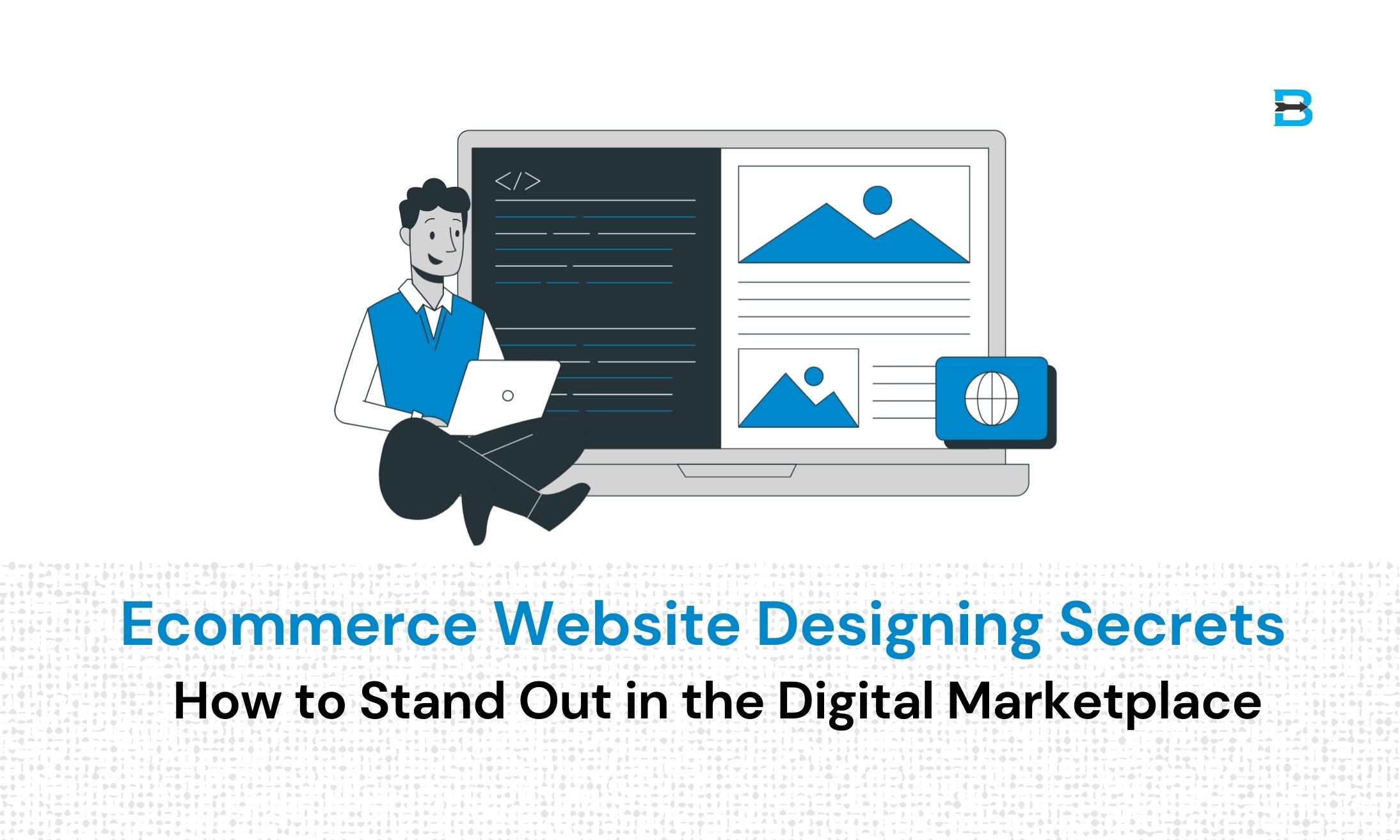

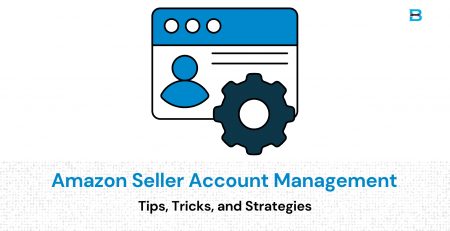


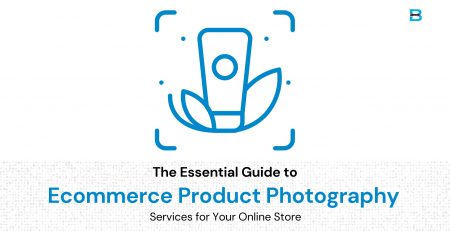
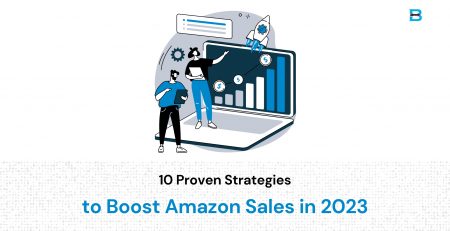
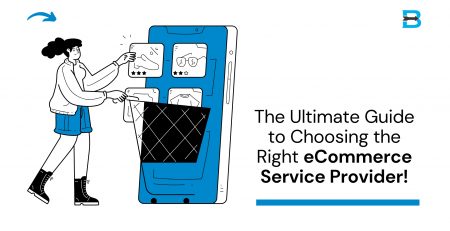
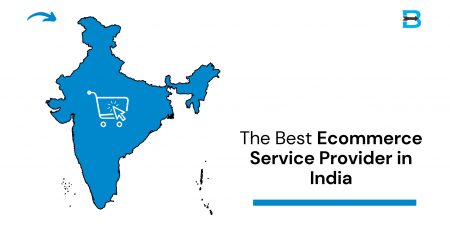



Leave a Reply
You must be logged in to post a comment.